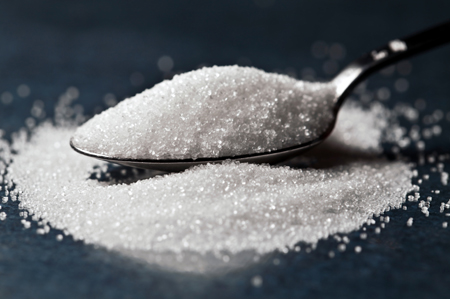China sugar output to tumble, as cane arrears tell
Category: Sugar
 (Agrimoney) – China’s cane sugar production is set for a large drop next season, potentially of 1m tonnes, as the country’s first cases of cane payment arrears, prompted by weak prices, drive farmers to other crops.
(Agrimoney) – China’s cane sugar production is set for a large drop next season, potentially of 1m tonnes, as the country’s first cases of cane payment arrears, prompted by weak prices, drive farmers to other crops.
The US Department of Agriculture’s Beijing bureau – cutting its estimate for China’s cane sugar output this season by 465,000 tonnes to 13.54m tonnes thanks to frost damage to crops – pegged production in 2014-15 at 12.86m tonnes.
The forecast reflects the impact of falling sugar prices, which have been undermined by, besides a soft world market, a move by the government to ditch market purchases at times of weak values.
While supporting the domestic sugar industry, this support policy – much as with cotton – landed the government with huge inventories, expected by the USDA bureau to end this season at 8.39m tonnes.
‘Simply did not pay’
Ditching this policy has encouraged lower prices, which on China’s Zehngzhou futures exchange in March hit 4,000 yuan a tonne on a spot contract basis, the lowest since 2009 and down 17.5% in 2014, although they have staged some revival to settle at 4,618 a tonne on Tuesday.
That in turn has meant that “reportedly some sugar mills have even delayed payment to farmers” to cane, the bureau said
At London broker Marex Spectron, Robin Shaw said that “when you have a floating sugar prices and fixed cane price, when the sugar price goes down, it means difficulties for mills paying for cane
“Many mills simply did not pay,” arrears which, while witnessed in Brazil and in particular India, has not been known before in China, given the country’s willingness until recently to support sugar values.
Cane vs trees
Mr Shaw forecast that Chinese cane sugar production – which accounts for well over 90% of the country’s total sugar output, dwarfing beet-derived sweetener – will fall even further next season, potentially to 12.3m tonnes.
“I have a strong feeling that Chinese farmers will react to arrears more quickly than Brazilian or Indian ones,” and switch to other crops, he told Agrimoney.com.
The USDA bureau said that “cane farmers in major production areas… are instead planting more profitable crops”, including rice melons and vegetables in Hainan, where cane acreage is expected to fall 11%.
Cane acreage in Guangxi, the largest producing province, is expected to drop 6% as farmers switch to “fast-growing tree species for industrial use”.
“Once transferred to forestry use, it is difficult to reclaim the land for sugar cane and the acreage loss may be permanent,” the bureau said.
Import implications
For international sugar markets, a major focus will be the extent to which China’s dynamics affect its imports, with the country having previously been the world’s biggest buyer.
The USDA bureau pegged imports at 3.0m tonnes, down 500,000 tonnes year on year “as the removal of the government reserve purchase program has lowered domestic prices and made importing sugar out-of-quota less profitable”.
However, Mr Shaw said that imports could fall below the 1.9m-tonne quota limit, set by a World Trade Organization agreement.
While the Chinese government will likely press for sugar consuming companies to buy domestically, “some will say ‘no’ and buy through the quota, which is still more profitable for them”, he said.




